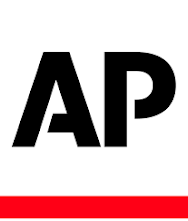The development of communication technologies has shaped society into what it is today. Without it, we would lack the ability to share information efficiently and connect with peers across the globe.
We rely so heavily on systems such as the web and the internet to indulge in our every desire. Any question we have can be answered in a matter of seconds with just a quick Google search, any thought we would like to communicate can be posted immediately after pressing “share,” and any message we want to relay can be sent instantaneously through the use of a smartphone.
Due to the fact that I have grown up in such a digital age, I found the EOTO about the history of the Google search engine to be most fascinating. I thought it was interesting to learn about the beginnings of a platform I use so frequently.
Two Stanford students by the names of Larry Page and Sergey Bryn started developing a search engine called “BackRub” in 1995, which led to the establishment of a very prominent company only a few short years later.Page and Bryn’s mission in creating this search engine was to “to organize the world’s information and make it universally accessible and useful.”
In 1998, the students were issued a check of $100,000, and it was then that Google was born. Although in its earlier days, the business was known as "BackRub," the founders renamed it to Google before its official launch.
The data collection system that the two students used filtered through pages of links and the relevancy of each to connect it back to the original search. This system took off shortly after its launch.
Google rapidly gained popularity, allowing the two creators to expand their business further through investments and spin-off programs. Between the years of 2005 until 2015, Google launched other platforms such as Google Maps, Google Chrome, and Google Calendar.






















